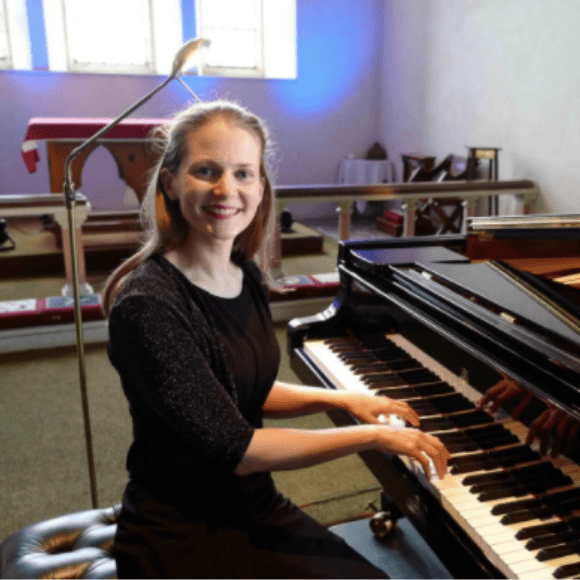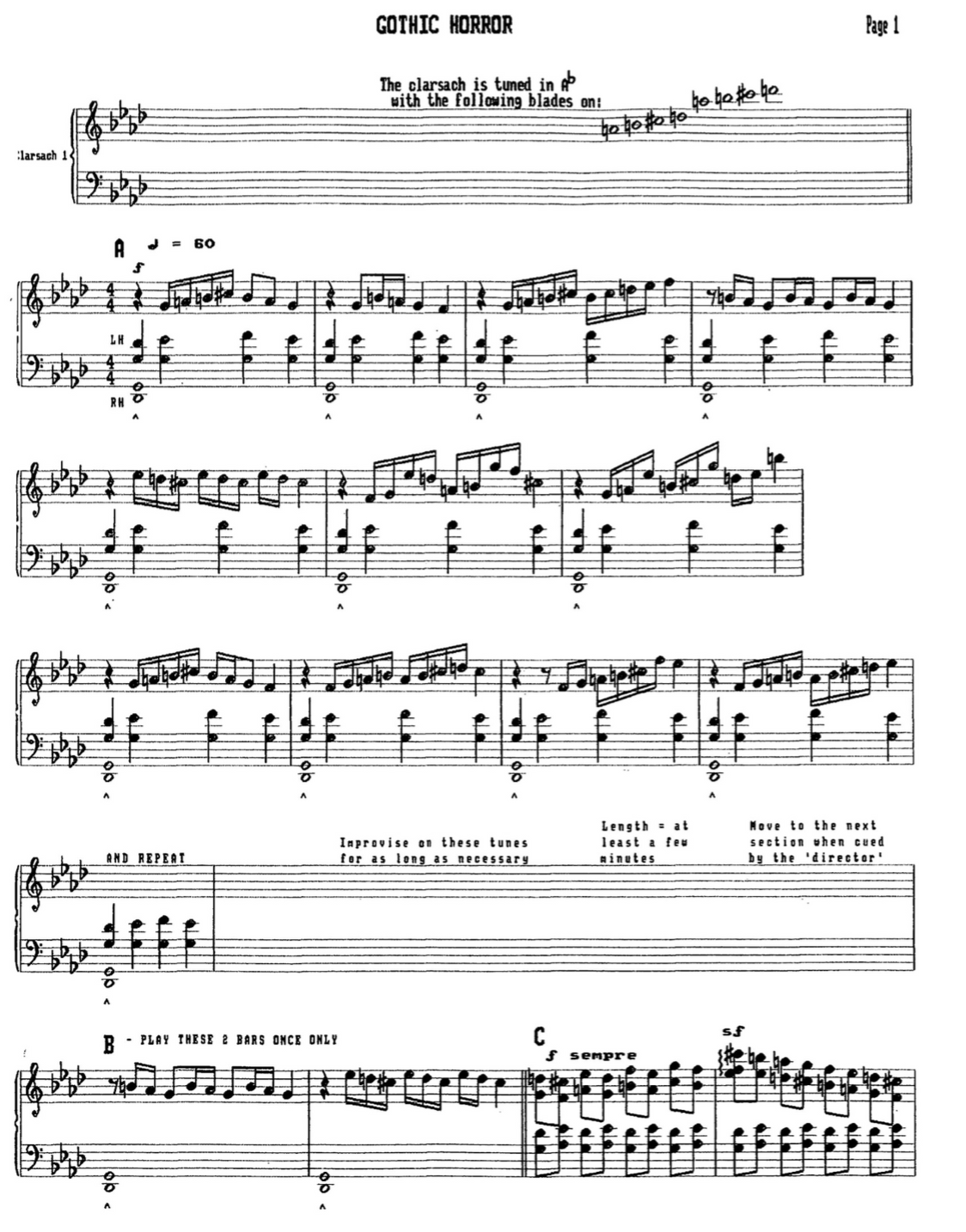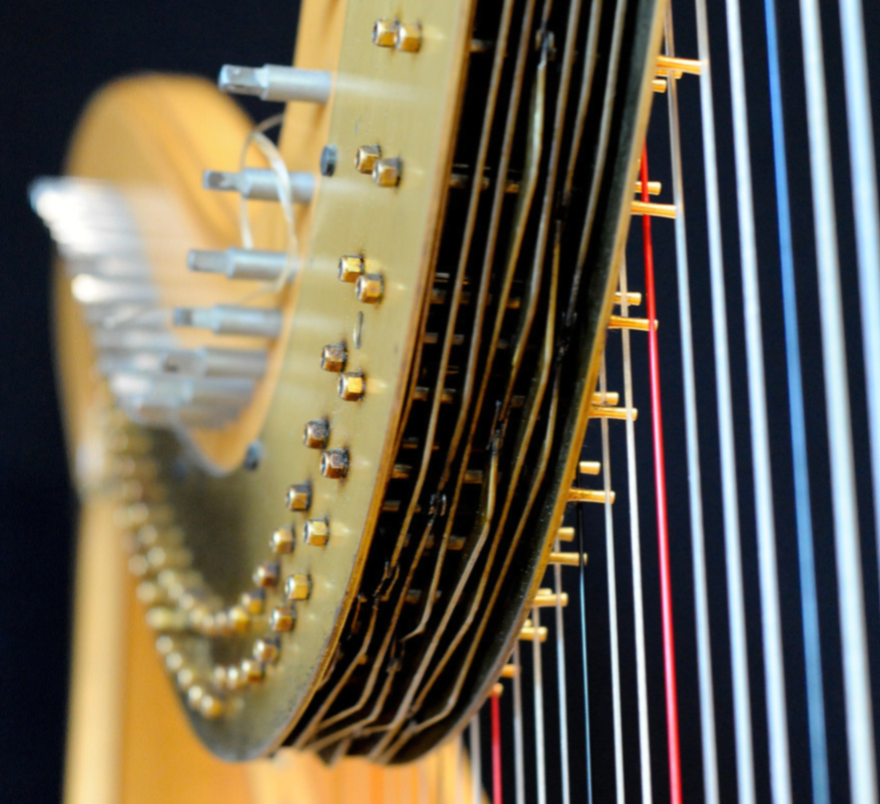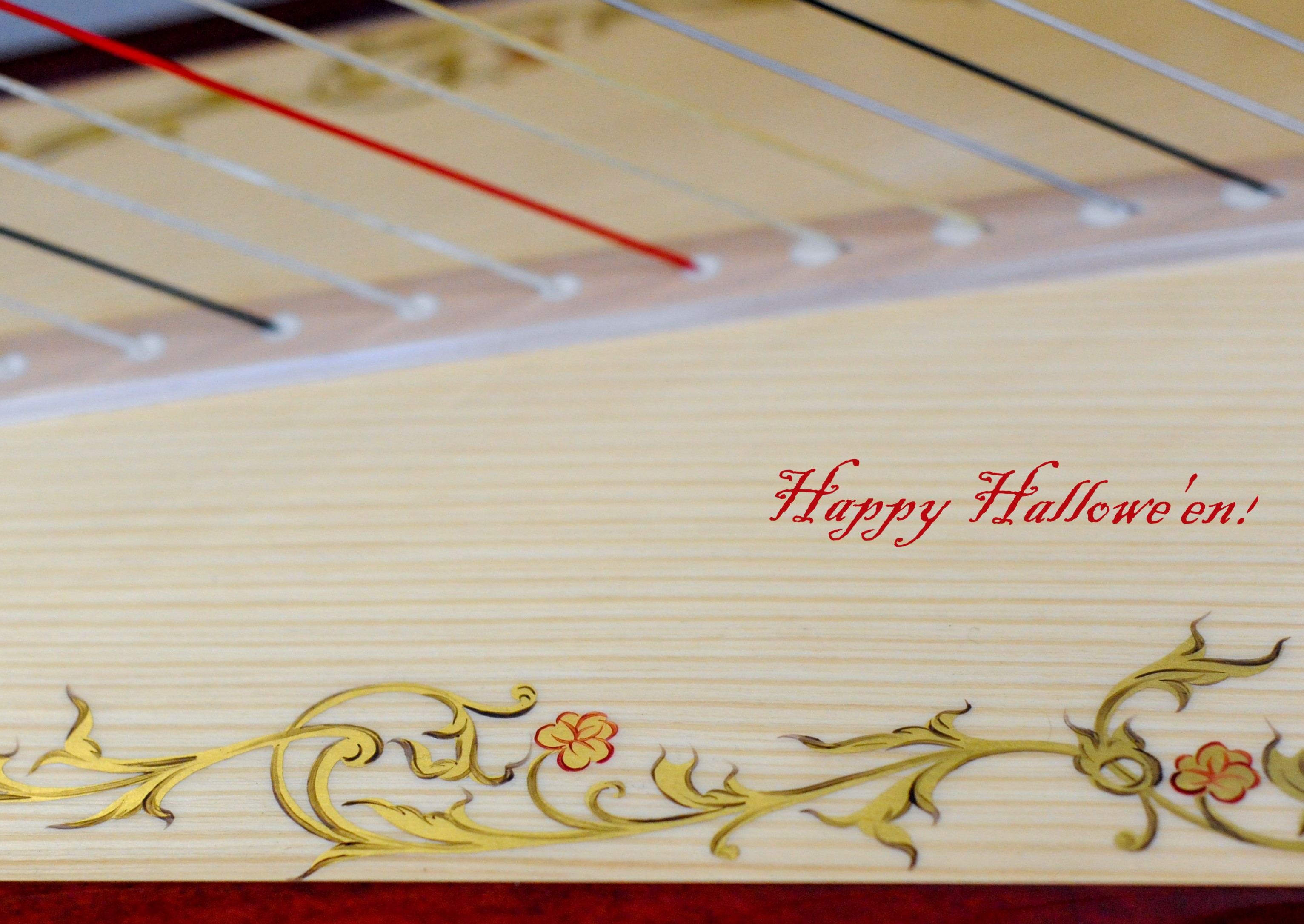Through the Digital Door: Meán Fómhar
This special edition of Through the Digital Door has been curated by CMC's Scholar in Residence Aileen Cahill. For more information about her research check out amplify #63 here
Having previously lectured in Piano and Piano Accompaniment at Dundalk IT, Maynooth University and TU Dublin Conservatory of Music and Drama, Aileen is now a doctoral candidate at the Conservatory. Her research is an investigation into a collaborative pianist’s use of mental practice in performance preparation.
Aileen on her CMC residency -
As part of the residency, I plan to curate a catalogue for chamber music and, in doing so, highlight less familiar works from the CMC’s rich library. In the course of the curation, live and virtual concerts will be programmed to bring this richness to life. Another part of the residency that I greatly look forward to is the typesetting of Ina Boyle’s ‘Phantasy’ for viola and piano. The goal is to perform and record the work with my duo partner, Andreea Banciu. Repertoire for viola and piano is relatively limited, so it is exciting to think that the typesetting of this work will help to expand that somewhat, as well as bring this beautiful music to a wider audience.
Aileen Cahill
As we recently celebrated International Harp Day and are now looking forward to Hallowe’en, I thought that it might be fun to highlight some of the catalogue’s spookier works that feature the harp!
First up, we have Derek Ball’s Gothic Horror
Composed in 2002, this is a one-movement work of approximately 15 minutes in duration,
with a little improvisation, for three cláirseacha (Irish harps), electronic organ and percussion
(a gong and wind chimes), all used to great effect. Here is a short extract to give you a
flavour of the piece:
Sound sample of 'Gothic Horror' (Source: CMC Sound Archive)
The first page of music from the score of 'Gothic Horror' (Source: CMC Library)
Having recently read Stoker’s Dracula, I cannot help but picture Dracula’s three horrible vampiresses as they slowly manifest in the floating moonlit dust, waiting for fresh blood. Add to that the Count’s heavy, insistent breathing (courtesy of the organist at about the 45 second mark) and you’ll be looking over your shoulder in no time.
A more corporeal, but no less eerie, vampiric option from the catalogue is Siobhán Cleary’s opera, Vampirella. Composed in 2016, it is based on the eponymous short story by Angela Carter and is scored for voice, chorus, chamber ensemble and electronics. The story serves as an allegory for the carnage of World War I, as the English soldier, barely escaping the clutches of the vampire queen, finally succumbs. You can read an interview with the composer, which gives more detail about the work here
The harp is used imaginatively throughout the work in a variety of textural combinations within the ensemble, such as the part at 23:52 where it is like a spell being cast:
From the composer, Siobhán Cleary's, notes -
'Hero, the confident young soldier is often heralded by clarinet and Mrs. Beane the Scottish governess is rarely heard without the accompaniment of fiddle and flute. There are more psychological reasons too for some of the musical behaviour. Hero, when firmly planted in reality, speaks through a no nonsense, clipped sprechstimme. However, as he finds himself being drawn into the magical world of the castle and the countesses’ seductive charms, his voice begins to soar.'
'The opera ends with an unaccompanied chorus with the harp plucking a single note, the heartbeat of the countess who has undergone the transformation that she could only dream of before the arrival of Hero, who himself has had to confront his real horror story; the bloodbath and savage carnage of young men that was World War I'.
I will vanish in the morning light;
I was only an invention of darkness.
And I leave you as a souvenir, the dark, fanged rose
I plucked from between my thighs,
Like a flower laid on a grave.
On a grave.
Quote from Composer's notes (Source: CMC Library)
Photo by Aileen Cahill
If you prefer a little less blood and a little more boo! in your Hallowe’en preparations, you
might enjoy Phantasms by Seóirse Bodley. This is a less recent work, composed in 1989 for flute, clarinet, harp and cello. In the archive, we have a copy of the programme notes from the work’s premier at the Douglas Hyde Gallery, which provide the following information:
Phantasms is a unique collaboration between two artists of different disciplines, music and
fabric art. Over a number of meetings, Seóirse Bodley and Lily Van Oost discussed areas of
mutual concern, such as texture, colour and theme. After agreeing a general framework, they
then proceeded to create their own section of the piece, referring to each other from time to
time, to ensure that they were remaining sympathetic to their original intention.
Programme notes from premiere of 'Phantasms' on 27 October 1989 in Douglas Hyde Gallery, Dublin (Source: CMC Library)
Lilly Van Oost has worked with fabrics; wool and nylon. Woven, crocheted, and stitched, then coloured with organic dyes, she has created a large environmental piece that dominates the Gallery space. Into this arena, she has placed a number of performers that also wear her creations.
Seóirse Bodley's music is a twenty-minute, four-movement work for chamber ensemble of flute, clarinet, concert harp and violoncello. The movements are: Allegro Moderato; Andante; Allegro Moderato, a type of scherzo with Spanish overtones; A slow introduction leading to a final Allegro.
Although we lack the visual aspect of the collaboration, the textural interplay can be clearly heard throughout, with the harp bringing a unique dimension to the ensemble. Here is an example from the slow introduction to the fourth movement:
Sound sample of 'Phantasms' (Source: CMC Sound Archive)
Even if you’re more about the bank holiday than banshees, I hope you’ve enjoyed this little
selection! I will be back next month with a fresh pick.
Photo by Aileen Cahill





